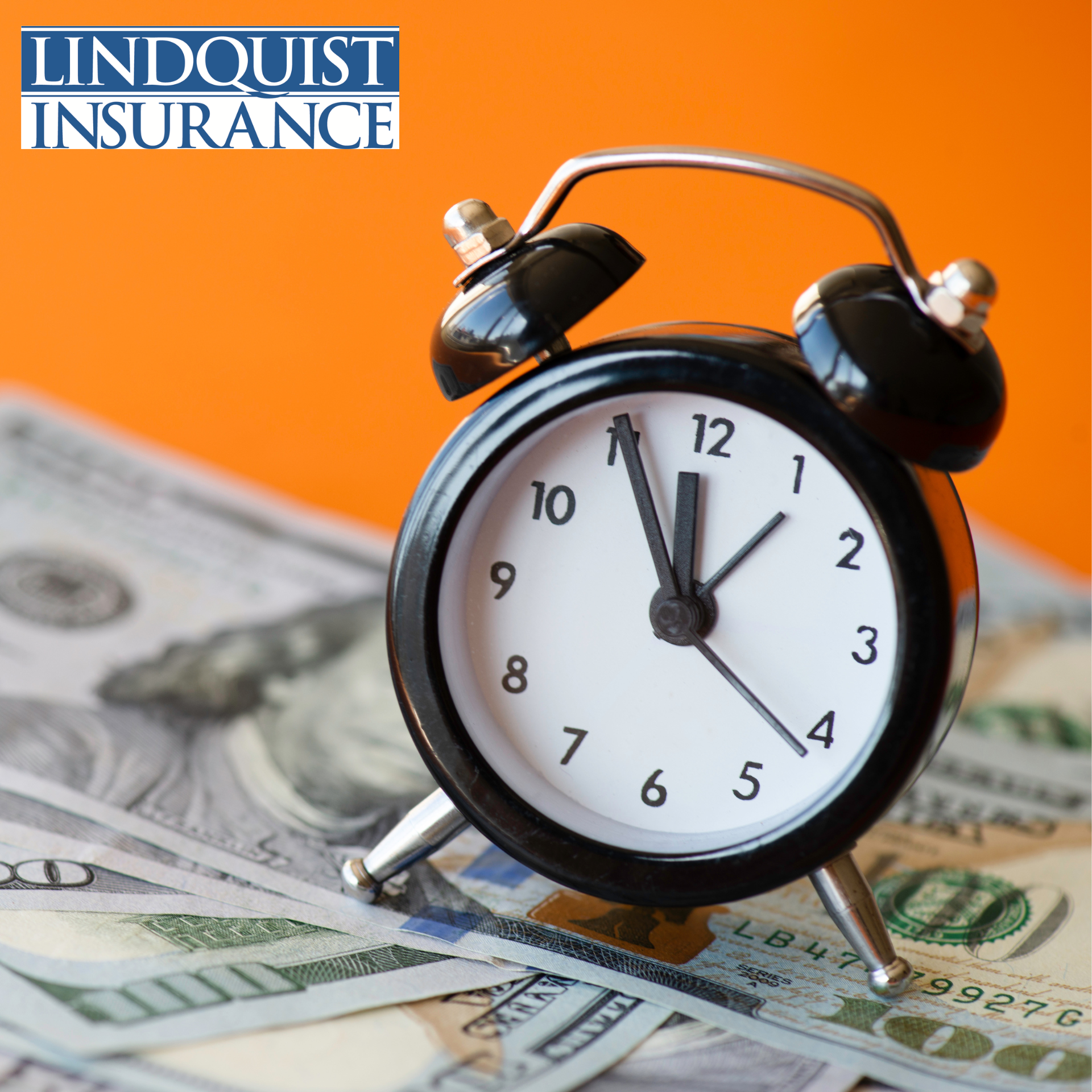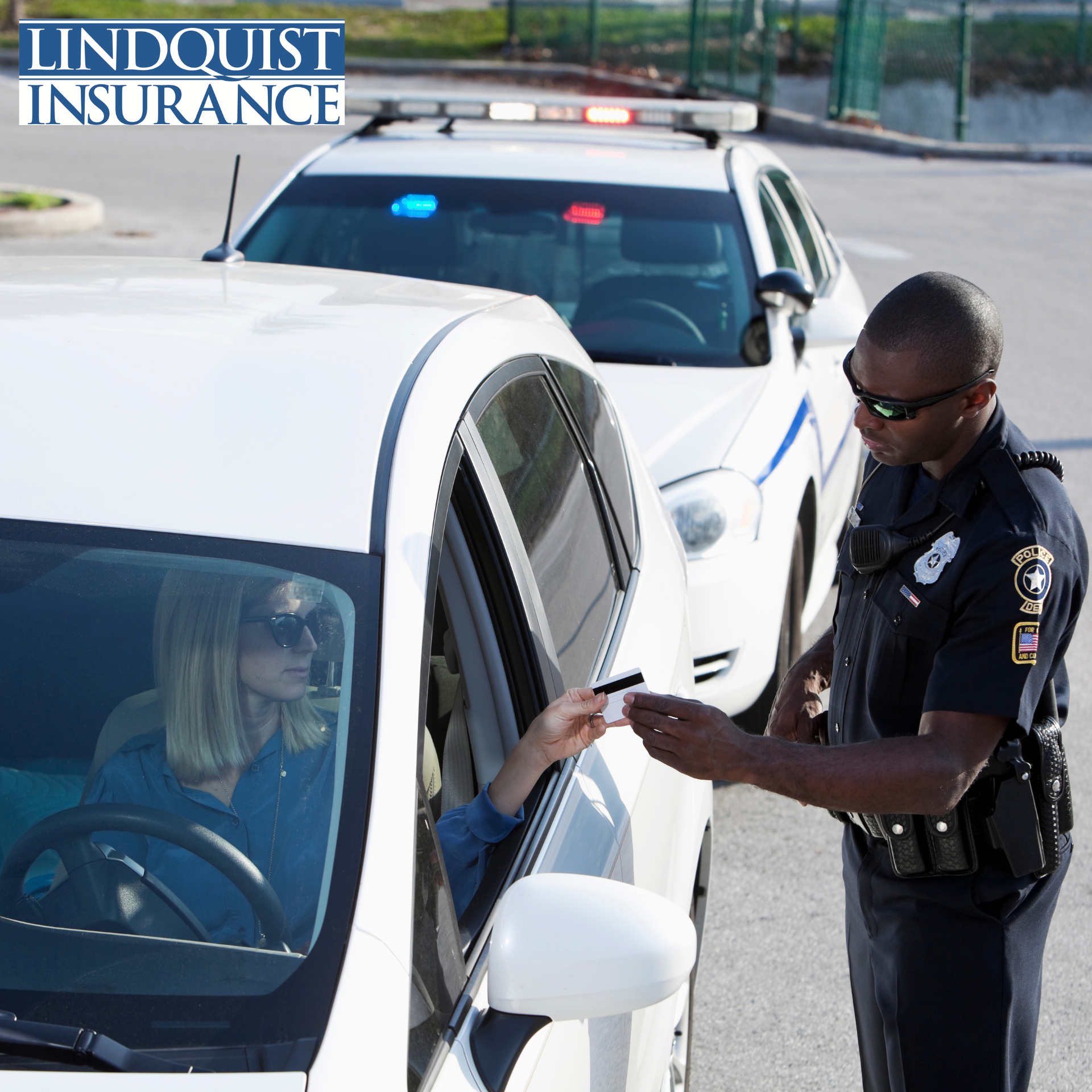How to Protect Your Bike from Theft

Whether you’re a hardcore biking enthusiast or more of a casual cruiser, riding your bike is a great way to enjoy the outdoors – and a healthier way to get around, too. After each ride, it’s important to remember to lock your bike up so thieves can’t steal it.
Bike safety and advocacy group Bicycle Law estimates somewhere between 800,000 and 2 million bicycles are stolen each year. Just under half of stolen bikes are recovered, but only 5 percent are ultimately returned to their owners.
Read more: Your Guide to Buying a Safe Bike Helmet
A good bicycle can cost anywhere from a few hundred dollars for a basic model to several thousand dollars for a good racing or mountain bike. If you ride, here are three things to do to keep your investment safe.
Keep Important Info on Your Bike
The first step to protecting your bicycle is having a proper record of it. You’ll want to create a file for each bike you own and include:
- Your original receipt (or a copy) for proof of purchase and value
. If you’re buying a used bike, even if it’s from another person on a resale site like Facebook Marketplace or Craigslist, ask for a receipt. This may mean creating your own on a piece of paper that you both sign.
- The serial number of your bike
.
- Photos of your bike.
Be sure to capture any distinguishing characteristics in photos and take new ones if you change your bike’s appearance – even if you’re just upgrading your pedals.
- Receipts from accessory purchases. Whether it’s for those new pedals or a new bike lock and air pump, it’s good to have a record. These “extras” can add up, and you want to account for your investment.
Once you’ve gathered the essential info, register your bicycle with the National Bike Registry . They’ve partnered with 529 Garage – a community watch for bicycles – to help fight bike theft by creating the largest online bike registry in North America.
Keep Your Bike Secure
The next step is to keep your bike safe and make it hard to steal in the first place. Here are some tips:
- Always lock up your bike.
Even if it’s in your garage, make sure you lock the door when you leave. If you’re outside, lock it up in a visible, well-lit area.
- Don’t leave it –
even just “for a moment.”
It only takes seconds for a bike thief to steal your bike when it’s not locked up.
- Lock your bicycle to a fixed, immovable object.
Good choices include a parking meter or permanent bike rack. Be careful not to lock it to anything that can be cut easily, broken or removed. Some examples are small trees, street signs and wooden fence posts.
- Consider using a “serious lock” like a U-lock
. Safety experts generally recommend placing the U-lock around the rear rim and tire, inside the rear triangle of the frame. For proper locking technique, get a demo from a qualified professional.
- Don’t lock up your bicycle in the same location all the time.
A thief may notice the pattern and target you.
Have Insurance Coverage for Your Bike
The last step is to have insurance coverage for your bike. Bicycles (except motorized) are typically covered under the “personal property” section of your homeowners insurance or renters insurance policy. This coverage will provide reimbursement – minus your deductible – if your bike is stolen or damaged in a covered loss, such as a fire. It’s also a good idea to list your bike on your home inventory, just in case.
Homeowners and renters insurance policies from ERIE also provide you with liability protection if, for example, you injure someone in a bicycle accident and he or she sues you. If this happens, you’ll be covered up to the limits of your policy. Most people have $100,000 to $300,000 worth of liability protection in a typical policy, but higher amounts of coverage are available.
Your policy also includes no-fault medical coverage in the event you injure someone.
For questions about what your specific policy covers, talk to your local ERIE agent.
What Should I Do If My Bike Is Stolen?
First, make every attempt you can at trying to get your bike back. Take your bike file to the police and file an official report for your stolen bicycle.
Once you’ve done so, conduct your own search. Check local pawn shops and local listings on sites like LetGo and Craigslist to see if the thief is trying to sell them. If you find it, notify the authorities. You don’t need to pay to get your bike back – even if the pawn shop tries to convince you otherwise.
If your bike is stolen, your homeowners or renters insurance policy can reimburse you (minus your deductible) for the cost. Learn more about how to file a home insurance claim .
To help ensure your bicycle is insured properly, talk to your local ERIE agent who can help you make sure you have the right coverage.
The post How to Protect Your Bike from Theft appeared first on Lindquist Insurance.










Share On: